Marina di Minturno (LT) - Parte II
2017
You may also like
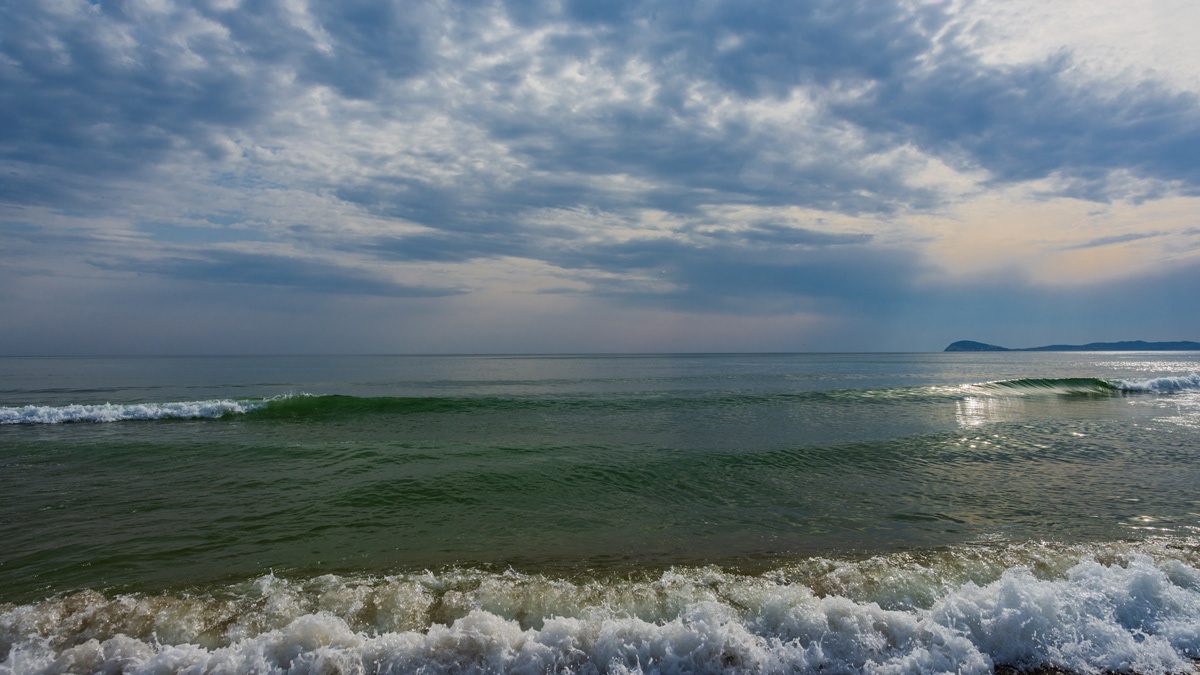
2017
Marina di Minturno (LT) - Parte VI
2022
Gaeta.Sanctuary of the Split Mountain
The Sanctuary of the SS. Trinità was built in the 11th century by Benedictine monks on a slope of Monte d'Orlando but the current configuration of the complex dates back to the end of the 17th century and incorporates elements of the Neapolitan and Spanish baroque. Numerous popes, sovereign bishops and saints prayed in this sanctuary including Pope Pius IX, Bernardino of Siena, Ignazio di Loyola, Leonardo da Porto Maurizio, San Paolo della Croce, Gaspare del Bufalo and San Filippo Neri. Legend has it that San Filippo Neri lived inside the Montagna Spaccata, finding refuge on a stone bed now known as the "bed of San Filippo Neri". Along the walls of the rock, it is possible to admire majolica panels depicting the Via Crucis, dating back to 1849 and attributed to S. Bernardino da Siena, containing the verses of Metastasio. In 1434 from the top of the two rock ridges that gave rise to the name of "split mountain" a boulder came off and got stuck further down between the walls of the cleft. A small chapel dedicated to the Crucifix was built on it (14th century).
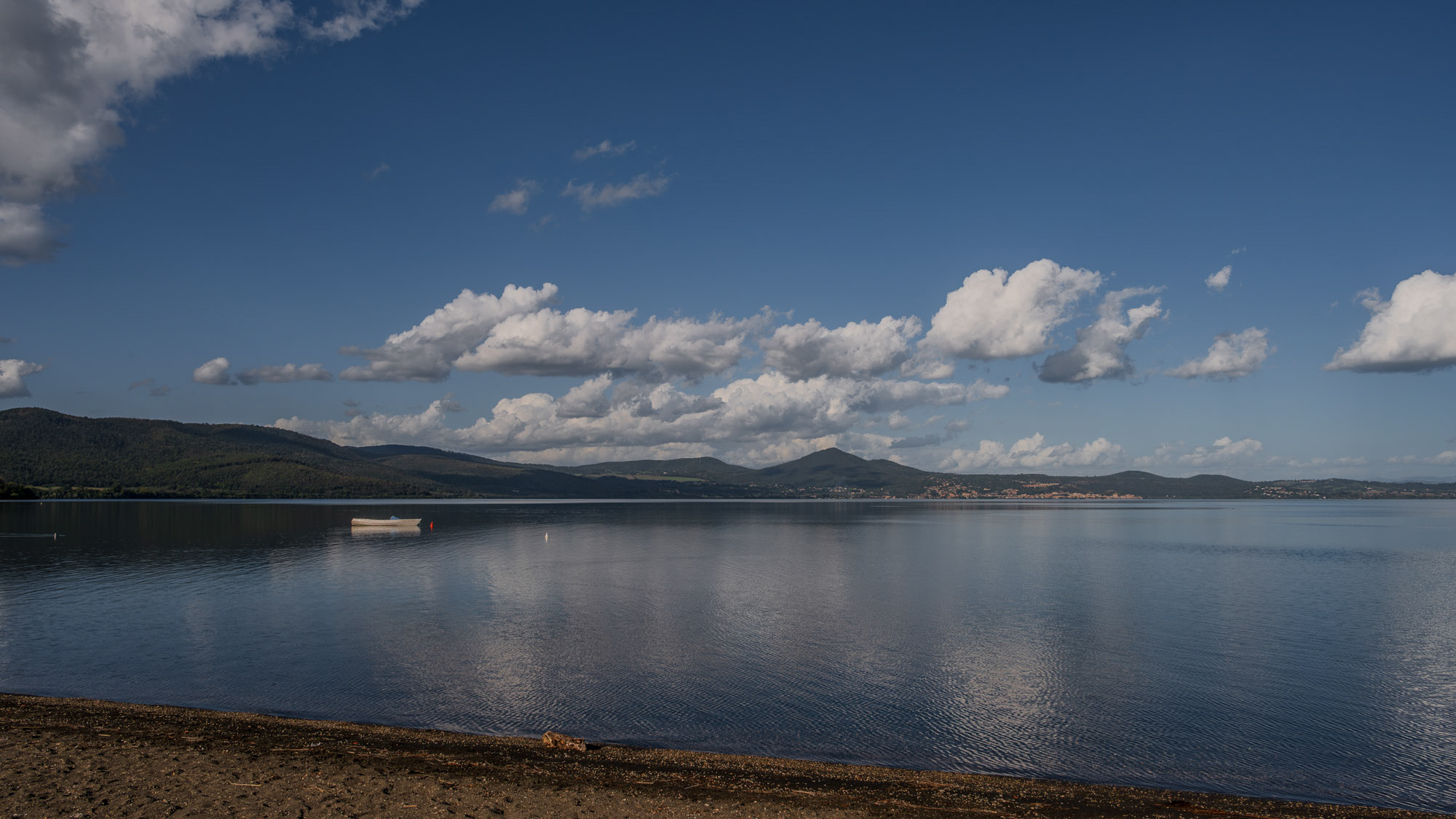
2024
Lake Bracciano. View and panorama
Lake Bracciano, originally called Lake Sabatino, is a lake that fills a depression of volcanic and tectonic origin, located in the Roman Tuscia and surrounded by the Sabatini Mountains.

2025
Isola del Liri. The waterfall in the historic center
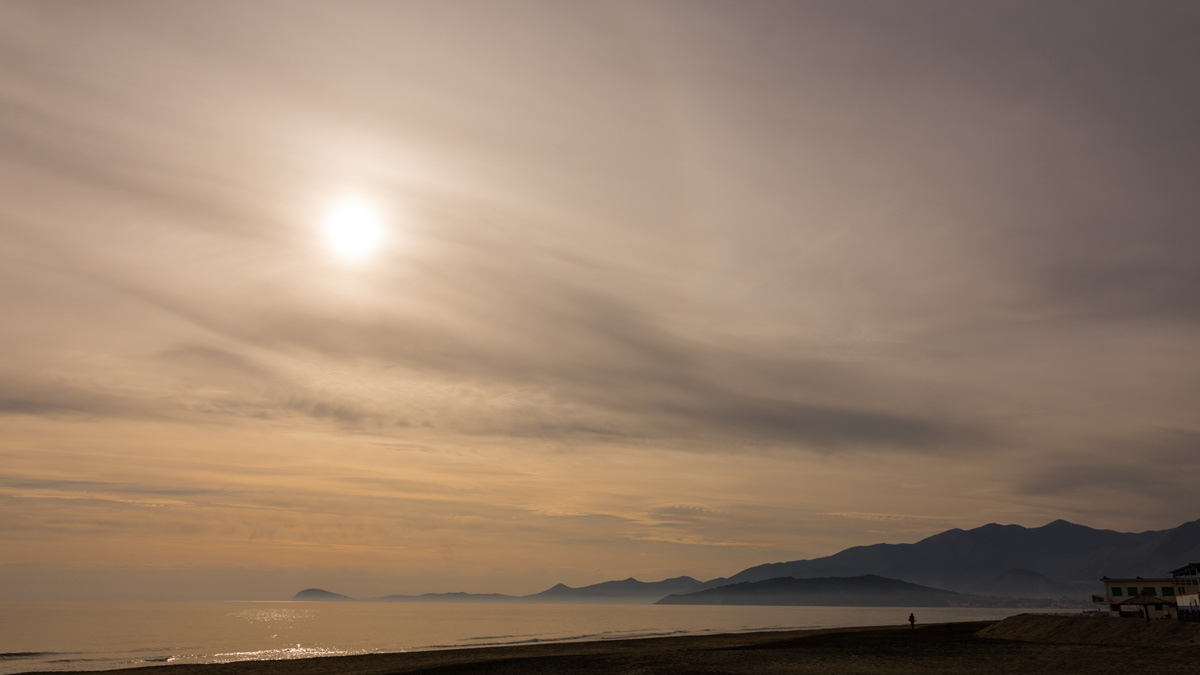
2017
Marina di Minturno (LT) - Parte III
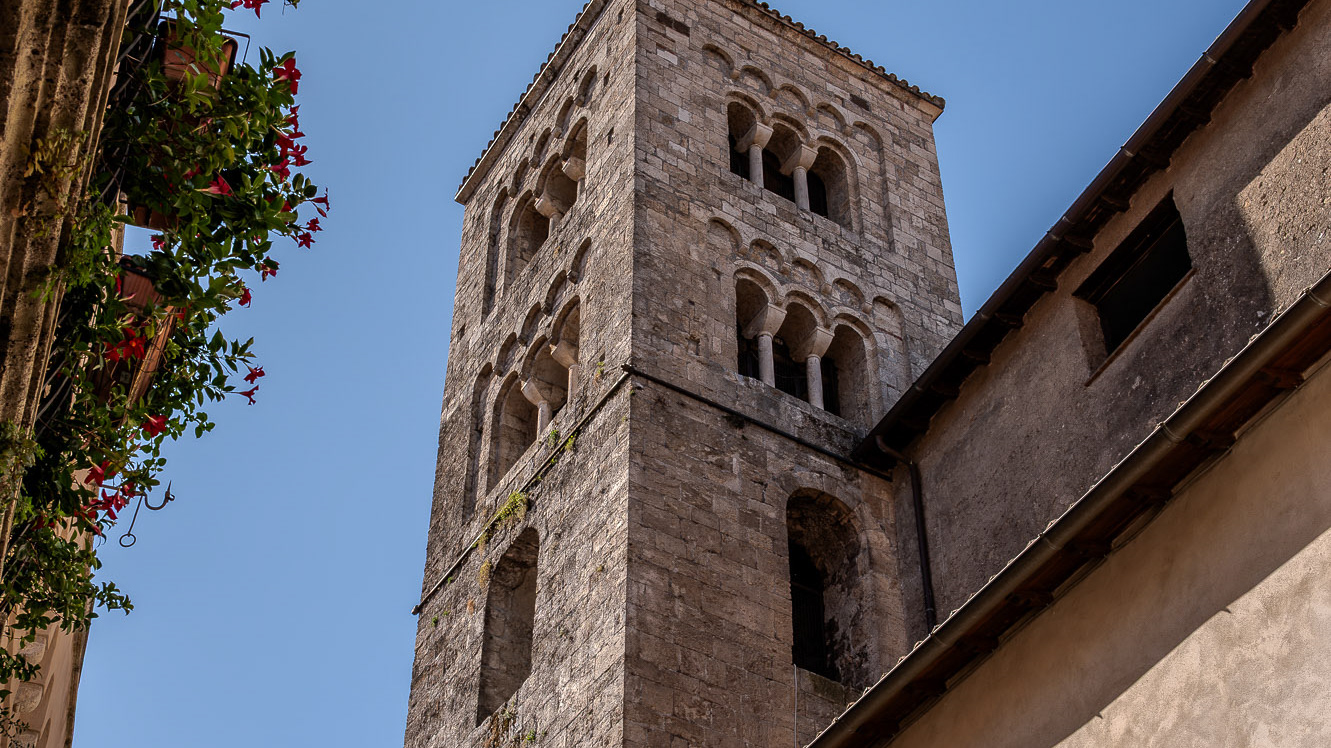
2025
Anagni. Church of St. Andrew
Sant'Andrea is a Roman Catholic church located on Via Vittorio Emanuele in the town of Anagni, in the province of Frosinone, in the Lazio region of Italy. A church on this site has been documented since 1003. Between 1263 and 1276, the church was rebuilt under Bishop Landone Conti in the Gothic style. Some parts of the Romanesque structure remain, including the crypt, once part of the church of San Vito. In the 16th century, Cardinal Benedetto Lomellino renovated the church; another renovation was carried out between 1748 and 1751. The current façade was added in 1761. The interior has a single nave. The altarpieces of the high altar depict Saint Andrew:
Virgin Mary with Saint Andrew and Others by Giorgini
Vocation of Saint Andrew and Martyrdom of Saint Andrew (1894) by Gagliardi.
Triptych of the Savior, with Mary, Andrew and the donor Gregorius Francisci in the central panel, and Saint Magnus and Saint Secondina in the side panels, attributed to the school of Cavallini and Torriti.
2023
Cassino. The Benedictine Abbey of Montecassino.
The abbey of Montecassino is a Benedictine monastery located on the top of Montecassino, in Lazio. It is the oldest monastery in Italy together with the monastery of Santa Scolastica.

2025
Priverno. Co-Cathedral of Santa Maria Annunziata
The diocese of Priverno has very ancient origins (figures of martyrs from the early centuries and the recent discovery of the remains of the ancient Paleochristian Cathedral in the archaeological site of Privernum, a Roman city). But the first certain evidence (documents and acts of jurisdiction) date back to the second half of the 8th century, when the signature of Bishop Boniface of Priverno also appears among the signatories of the acts of the Lateran Council called by Pope Stephen III. The diocesan cathedral, also very remote, was destroyed by a fire in 1159, later rebuilt and consecrated by Pope Lucius III in 1183. The building was renovated with various attempts starting from the seventeenth century until reaching the current layout with the addition of the side chapels. The final restoration, which took place between 1776 and 1780, brought about some alterations in a Baroque style with a central-southern influence.
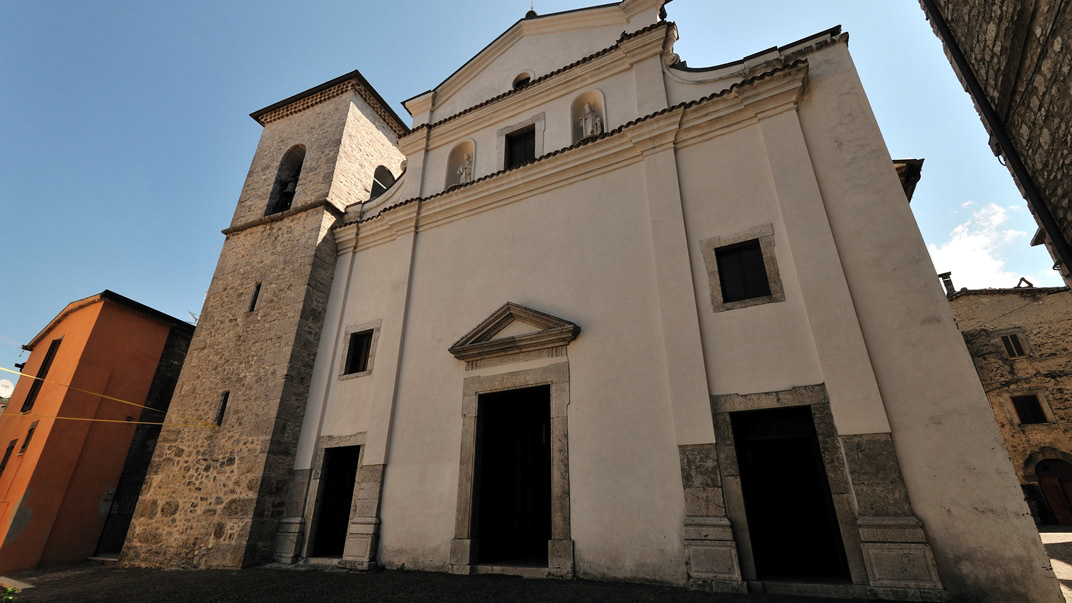
2015
Amaseno (FR)
Amaseno (IPA: amaˈsɛːno, locally Masè) is an Italian town of 4,352 inhabitants in the province of Frosinone in Lazio. Church of San Pietro Apostolo; it dates back to the 14th century, in fact it is mentioned in some documents concerning the payment of taxes. Over the centuries the church underwent various changes, until 1749. In 1944 due to the bombing of the Second World War it was damaged and had to be restored. Some parts of the church are in the Gothic style. It has three naves and an 18th century apse. Church of Santa Maria dell'Auricola; it is located on the Auricola hill on a height of 270 meters. It dates back to the 13th century, in fact the church is mentioned in some documents of Pope Honorius II towards the beginning of the 13th century. According to some hypotheses, the church was founded by Cistercian monks. In 1893 the church passed into the hands of some bishops, who in turn entrusted it to the Franciscan fathers who had it restored. Like many other churches in the area, it suffered a lot of damage in the Second World War. Now the church is in the hands of the Curia of Ferentino. Church of Santa Maria Assunta; consecrated in 1177, it was probably completed at the end of the 13th century, the year in which the pulpit made by Pietro and Giacomo Gullimari de Piperno (Priverno) is dated. The church, which shows numerous Cistercian features, both in the plan and in the architectural sculpture, preserves interesting medieval and modern works of art inside. It also possesses the prodigious Blood of San Lorenzo martyr which melts on the occasion of the feast (10 August)
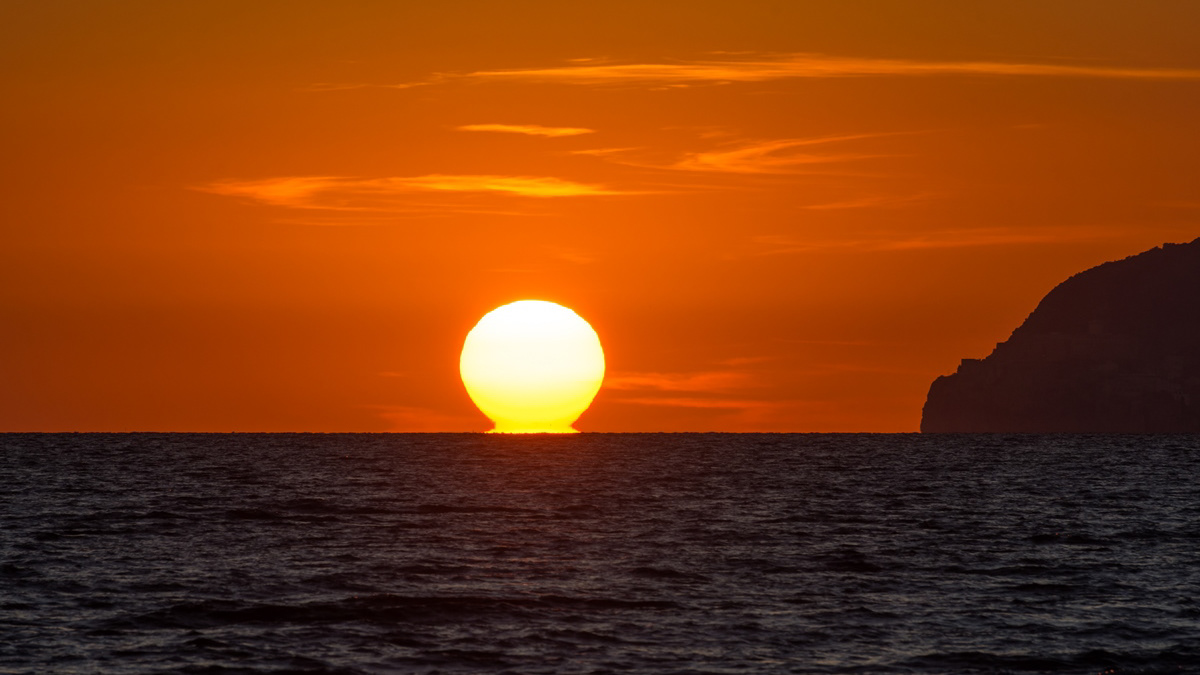
2017
Marina di Minturno (LT) - Sunset
